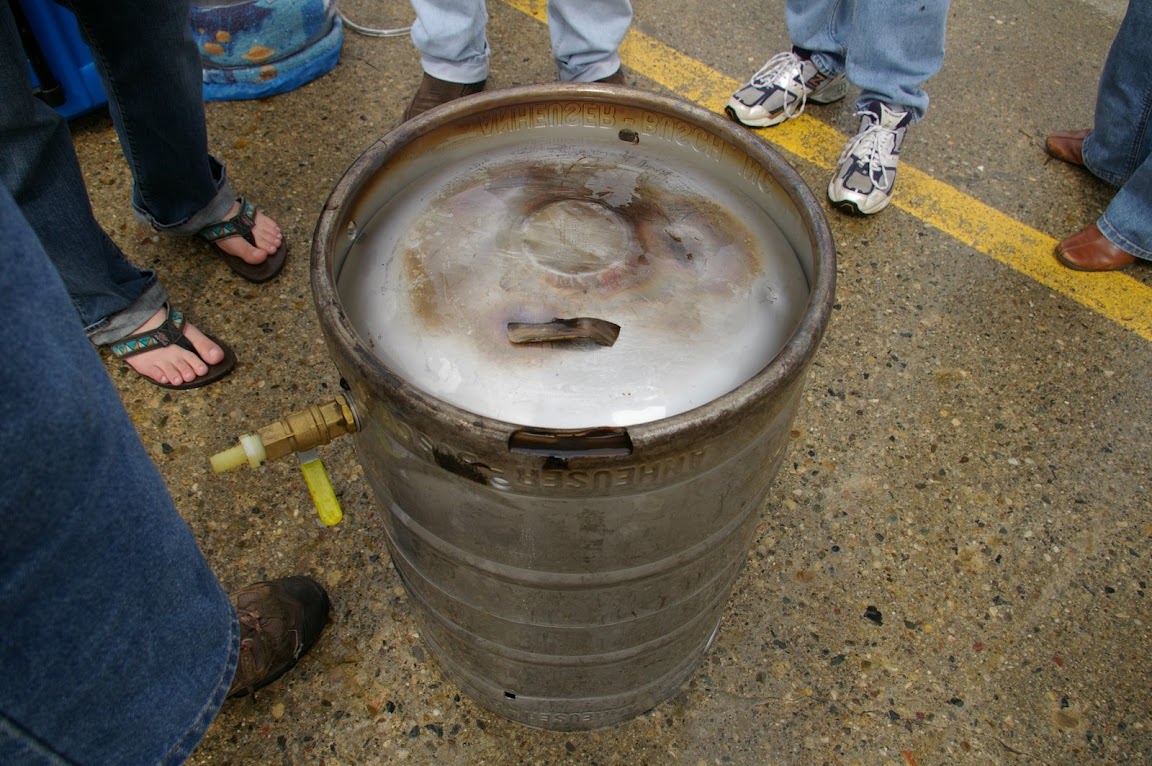beardedirishman
Active Member
Ok, It's not that bad...just wondering.
For those of you that have welded stands with hollow square tubing. I've got closed tubes around my burners. Not directly above, but right next to the flame, similar to most brutus builds I see. Has anyone ever wondered about the pressure build-up from heating the square tubing? Just curious if I need to drill some holes to relieve any potential pressure. I'd prefer not to, because then I'd be concerned with rust inside them.
Any insight from experience?
For those of you that have welded stands with hollow square tubing. I've got closed tubes around my burners. Not directly above, but right next to the flame, similar to most brutus builds I see. Has anyone ever wondered about the pressure build-up from heating the square tubing? Just curious if I need to drill some holes to relieve any potential pressure. I'd prefer not to, because then I'd be concerned with rust inside them.
Any insight from experience?




















![Craft A Brew - Safale S-04 Dry Yeast - Fermentis - English Ale Dry Yeast - For English and American Ales and Hard Apple Ciders - Ingredients for Home Brewing - Beer Making Supplies - [1 Pack]](https://m.media-amazon.com/images/I/41fVGNh6JfL._SL500_.jpg)





































 I've got a great book call "The Physics of Baseball". If you're interested in that sort of thing, you could probably find it really cheap on amazon. OK, back to our regularly scheduled program...
I've got a great book call "The Physics of Baseball". If you're interested in that sort of thing, you could probably find it really cheap on amazon. OK, back to our regularly scheduled program...